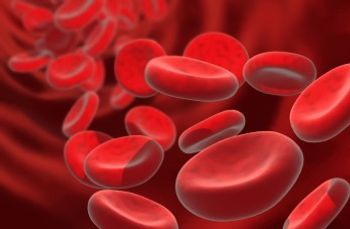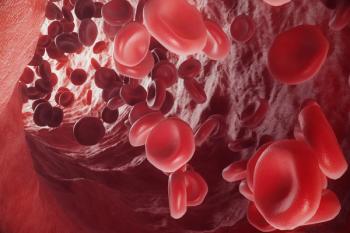
- Oncology Vol 28 No 1S
- Volume 28
- Issue 1S
(P056) VATS With HDR Intraoperative Brachytherapy for Chest Wall Tumors
To report on the Roswell Park Cancer Institute experience with iridium-192 high-dose-rate (HDR) intraoperative brachytherapy (IOBT) in minimally invasive, video-assisted thorascopic surgery (VATS) for localized pulmonary malignancy involving the chest wall.
Daniel J. Bourgeois, MD, MPH, Jorge Gomez, MD, Todd Demmy, MD; Roswell Park Cancer Institute
Purpose: To report on the Roswell Park Cancer Institute experience with iridium-192 high-dose-rate (HDR) intraoperative brachytherapy (IOBT) in minimally invasive, video-assisted thorascopic surgery (VATS) for localized pulmonary malignancy involving the chest wall.
Materials and Methods: Five patients in 2012–2013 with node-negative thoracic malignancies involving the chest wall were chosen and consented for pulmonary resections with HDR-IOBT to their chest wall disease via VATS. After completion of the wedge resection, lobectomy, or pneumonectomy, a MicroSelectron HDR unit (model digital V3, Elekta Inc) was used for dose delivery in a specially designed, shielded operating room (OR). This unit uses a 10-Curie (Ci) miniaturized Ir-192 source 1 mm in diameter and around 5 mm in length. The actual treatment plans were generated on the Oncentra Treatment planning system within the OR itself, utilizing the standard geometry treatment plan library generated for various configurations for the Freiburg applicator. The number of catheters, active dwell position along each catheter, prescription depth, and dose prescription were customized based on clinical needs.
Results: Four of the lesions treated were adenocarcinoma (T3N0–IIB), and the fifth was a sarcomatoid carcinoma. One of the patients, with non–small-cell lung cancer, required conversion to open thoracotomy; therefore, the remaining four cases are the focus of this report. All patients received and tolerated treatment without complications. However, the patient with sarcomatoid carcinoma died with brain metastasis within 1 month after the procedure. The patients with adenocarcinoma each received adjuvant chemotherapy, as tolerated, and remain in follow-up with no evidence of disease on surveillance imaging (median follow-up = 4 mo).
Conclusions: HDR-IOBT with Ir-192 via VATS is a technically feasible, well-tolerated procedure for intrathoracic disease involving the pleura and/or chest wall. Further follow-up and larger case population will speak to the efficacy and durability of this procedure, as well as indicate whether larger, analytic trials are appropriate. Laparoscopic images and media are provided.
Articles in this issue
Newsletter
Stay up to date on recent advances in the multidisciplinary approach to cancer.


















































































